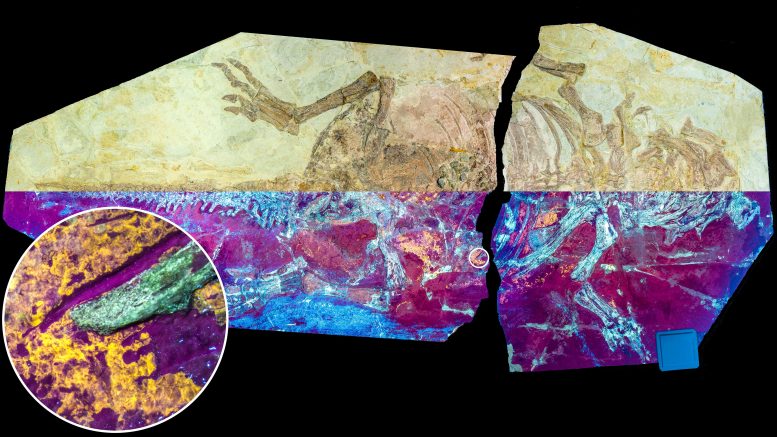
Studied dinosaur specimen NJUES-10 under natural (upper half) and UV light (lower half) showing the orange-yellow fluorescence of the fossil skin. Credit: Dr. Zixiao Yang
A study by University College Cork reveals that the feathered dinosaur Psittacosaurus also had reptilian-like scaly skin, offering new insights into the evolutionary transition from scales to feathers.
- Researchers found ‘zoned development’ in dinosaur skin, with zones of reptile-style scales and zones of bird-like skin with feathers
- New dinosaur skin fossil discovered to be composed of silica – the same material found in glass
- Discovery sheds light on the evolution from scales to feathers
Paleontologists in Ireland have uncovered evidence that certain feathered dinosaurs had scaly skin like reptiles today, offering new insights into the evolutionary shift from scales to feathers.
In their research, the scientists examined a newly discovered specimen of the feathered dinosaur Psittacosaurus, dating back to the early Cretaceous period (135–120 million years ago)—a crucial era for the evolution of dinosaurs into birds. This study revealed, for the first time, that areas of the Psittacosaurus not covered in feathers exhibited skin similar to that of modern reptiles.
The study, published today (May 21) in Nature Communications, was led by University College Cork (UCC) paleontologists Dr. Zixiao Yang and Prof. Maria McNamara of UCC’s School of Biological, Earth and Environmental Sciences, who teamed with scientists based in Nanjing University (China).
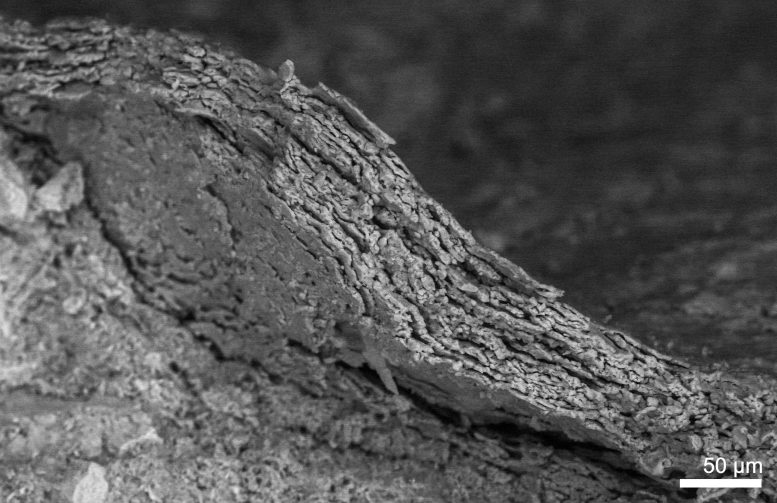
The fossil skin under an electron microscope, showing mineralized cell layers. Credit: Dr. Zixiao Yang
The team used ultraviolet (UV) light to identify patches of preserved skin, which are invisible in natural light. Further investigation of the fossil skin using X-rays and infrared light revealed spectacular details of preserved cellular structure.
Insights From Psittacosaurus Specimen
Dr. Yang says: “The fossil truly is a hidden gem. The fossil skin is not visible to the naked eye, and it remained hidden when the specimen was donated to Nanjing University in 2021. Only under UV light is the skin visible, in a striking orange-yellow glow.
“What is really surprising is the chemistry of the fossil skin. It is composed of silica – the same as glass. This type of preservation has never been found in vertebrate fossils. There are potentially many more fossils with hidden soft tissues awaiting discovery.”
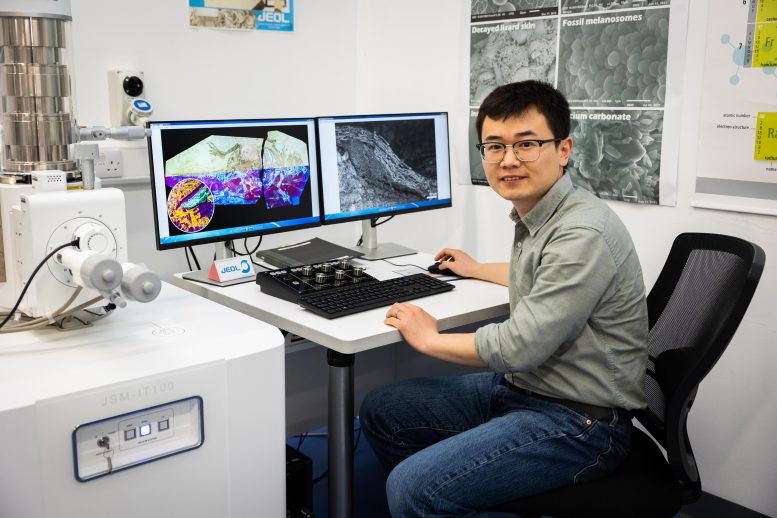
Dr. Zixiao Yang of University College Cork, who discovered that some feathered dinosaurs had scaly skin like reptiles today, thus shedding new light on the evolutionary transition from scales to feathers. Credit: Ruben Tapia/UCC TV
Evolutionary Implications
The most exciting aspect of the discovery, however, is what it tells us about the evolution of feathers in dinosaurs. Prof. McNamara, senior author on the study, says:
“The evolution of feathers from reptilian scales is one of the most profound yet poorly understood events in vertebrate evolution. While numerous fossils of feathers have been studied, fossil skin is much more rare.
“Our discovery suggests that soft, bird-like skin initially developed only in feathered regions of the body, while the rest of the skin was still scaly, like in modern reptiles. This zoned development would have maintained essential skin functions, such as protection against abrasion, dehydration, and parasites. The first dinosaur to experiment with feathers could therefore survive and pass down the genes for feathers to their offspring.”
The Psittacosaurus specimen NJUES-10 is currently housed in Nanjing University.
Reference: “Cellular structure of dinosaur scales reveals retention of reptile-type skin during the evolutionary transition to feathers” by Zixiao Yang, Baoyu Jiang, Jiaxin Xu and Maria E. McNamara, 21 May 2024, Nature Communications.
DOI: 10.1038/s41467-024-48400-3





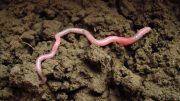
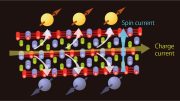
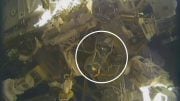

Looks like scitech daily never read science report at all the links they have bird scales and test together salt water crocodile as scales no bird have scales they have feather that look like scales these feather scales look like lizard scales not thecodont scales overlapping skin like lizard tuatara .thecodont turtle gator lack ovalapping scale do not have feather
Allso call pterosaur not a dinosaur which show this is not a real report only use salt water crocodile and other thecodont for report thecodont means crocodilian teeth like animal like gator t.rex all are crocodilian they many crocodilian animal dinosaur is won them it’s a fact modern crocodilian have different skin this sound like old report i have done I thought nothing of
Then I found some thing interesting but I was too lazy to research it allso had better thing to research they were more interesting
The skin is import Martin report tuatara like animal has new scale but tabloid headline say feather even Martin says it’s not feather its scale that mite be transition to feather like what this report says in animal new scales is red flag for evolution or just new scales .the lack 3 eye hole geko has new scale it’s a advance lizard it’s just new scale
Import=importand
I use mesoeucrocodylia shieldcroc skin to link it with frill dinosaur this sea snake feather are not feather allso call protofeather or collagen fiber or Dolfin feather
This report sound like caiman I think it’s spectacled caiman it’s long time ago I got this report from leather trade that caiman skin is different from the rest of modern crocodilian .and bird hip dinosaur has usual skin some day I do report maybe I am to blame for story to come out .bird hip dinosaur has very armor skin like caiman
Modern crocodilian are not reltive to dinosaur they are dinosaur the most advance dinosaur ever .psittacosaurus has crocodilian feature as skin report says and it is not skin it’s feature bird do not have its a different design .spinosauridae is a mesoeucrocodylia
Crocodilian and bird bad food shape are different a food that should never be eating.they say this could be bacteria or volcano silica that why you can see the skin clearly there are no feather or transition scale that turn into feather this is bird hip dinosaur it has be a tetanuran no dinosaur had feather only surviving dinosaur the tetanuran dinosaur the gator has no feather like all dinosaur
Psittacosaurus allso has rare reptilian skin in the belly found in all modern crocodilian in thecodont only found in dinosaur some are quadrupedal dinosaur they cliam these are not dinosaur but feature clearly say they are pseudosuchus type .the gator came from spinosauridae Cingulum teeth type of animal the belly skin predate thecodont only one reptile I found had it they think turtle has it in the past then turn it into shell psittacosaurus descendants triceratops has it
Modern crocodilian is bipedal animal.these collagen fiber of psittacosuchus these high tech layer pretection armor skin these are rare in dinosaur this is talk about in the links the thick skin these found in early land mesoeucrocodylia the gator type these are stronger osteoderm I thought spectacled caiman has it no report but one of dwarf caiman has it this should have been in the head lines they lack ornamentation osteoderm in most of osteoderm
They start at 3 bundles most mesoeucrocodylia has 2 because of pit remodel no anchor site they say it is a land feature dwarf caiman is a land crocodilian they say Rauisuchia dinosaur lack ornamentation osteoderm.the links the extended osteoderm shield in palesuchus sp researchgate.a survey osteoderm histology Wiley .a cross section through the skin of dinosaur researchgate.